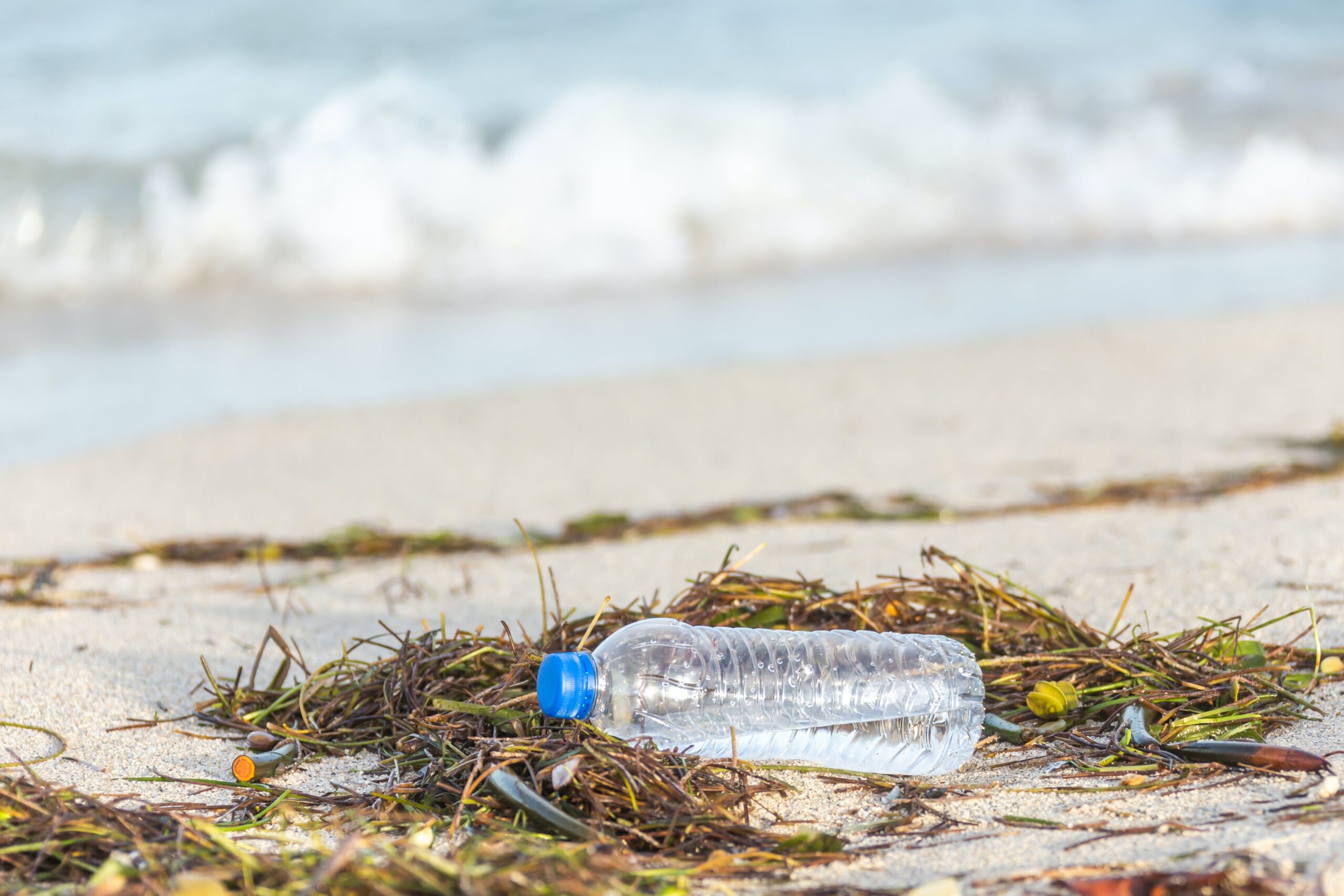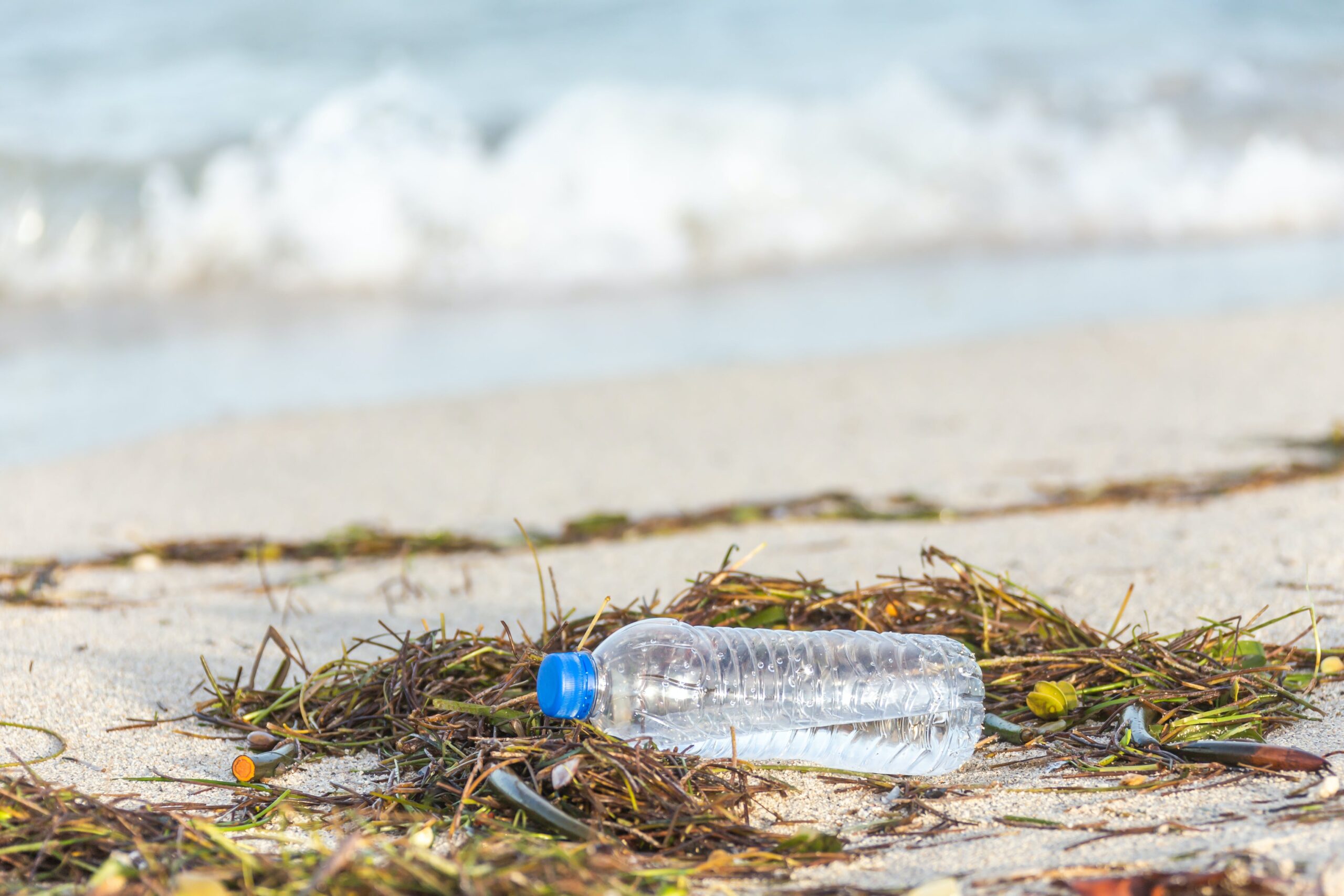In order to ensure proper wellhead protection and insulation, there are several key factors to consider. First and foremost, selecting the right materials is crucial. From corrosion-resistant coatings to durable insulating materials, choosing the right components will provide long-lasting protection. Additionally, regular inspections and maintenance are essential to identify any potential issues and address them promptly. By implementing a proactive approach and investing in high-quality materials, you can ensure that your wellhead remains well-protected and properly insulated, minimizing the risk of damage and maximizing its efficiency.
Importance of Wellhead Protection and Insulation
When it comes to ensuring the safety and reliability of oil and gas wells, as well as preventing contamination, wellhead protection and insulation play a crucial role. Wellheads are the primary points of access to underground reservoirs, making them vulnerable to various risks such as contamination, corrosion, and physical damage. By implementing effective protective measures and insulation techniques, you can safeguard the integrity of the wellhead, minimize the risk of contamination, and promote a safe working environment for all personnel involved.
Preventing Contamination
Contamination of wellheads can have severe consequences for both human health and the environment. It is essential to implement measures that prevent contaminants from entering the wellhead, ensuring the quality of the extracted fluids.
Wellhead Location
Proper wellhead location is critical in preventing contamination. It is crucial to locate the wellhead away from potential contaminant sources such as industrial facilities, waste disposal sites, and areas prone to flooding. By assessing the surrounding environment and considering any potential risks, you can determine an optimal location that minimizes the chances of contamination.
Wellhead Casing Design
Choosing the right casing design is another crucial step in preventing contamination. The casing acts as a barrier that separates the wellbore from the surrounding formations, protecting the well from external influences. It is essential to select appropriate casing materials and ensure proper cementing and sealing techniques to create a reliable barrier against contamination.
Corrosion Protection
Corrosion can compromise the integrity of wellhead equipment, leading to leaks and contamination. Implementing corrosion protection measures is crucial in maintaining the long-term reliability of the wellhead system.
Fencing and Signage
Creating physical barriers around the wellhead and implementing appropriate signage is essential for preventing unauthorized access. This helps protect the wellhead from vandalism, tampering, and unintentional contamination. Fencing should be sturdy and well-maintained, ensuring that only authorized personnel have access to the site.

Insulation Techniques for Wellheads
Insulation plays a vital role in maintaining the optimum operating conditions for the wellhead and its associated equipment. It helps regulate temperature, prevent heat loss, reduce noise levels, and protect against chemical exposure.
Thermal Insulation
Thermal insulation is critical in controlling temperature variations. Installing insulation materials around the wellhead and associated piping helps maintain the desired temperature for efficient operations, preventing costly fluctuations that can impact production rates and compromise safety.
Chemical Insulation
Chemical insulation is necessary to protect wellhead components from corrosive substances, ensuring their longevity and functionality. Applying a chemical insulation coating to susceptible areas can prevent direct contact with harmful chemicals, reducing the risk of corrosion and other potential issues.
Acoustic Insulation
In areas where noise levels can affect nearby residents or workers, acoustic insulation becomes important. This type of insulation helps reduce noise pollution, promoting a safer and more comfortable environment for all. By installing acoustic barriers or insulating materials, you can minimize the noise generated by wellhead operations, improving the overall well-being of those in the vicinity.
Preventing Contamination
To ensure proper wellhead protection and insulation, various measures need to be put in place to prevent contamination.
Surface Protection
The surface surrounding the wellhead should be adequately protected to prevent contaminants from infiltrating the wellbore. Implementing measures such as spill containment systems, impermeable liners, and catchment basins can help mitigate the risk of surface spills and leaks reaching the wellhead.
Spill Control
Accidental spills can occur during wellhead operations, posing a threat to the environment and human health. Prompt and effective spill control measures must be in place to contain spills, prevent them from spreading, and initiate cleanup procedures swiftly. This includes having appropriate spill response equipment readily available and well-trained personnel to handle emergencies.
Chemical Leakage Prevention
Chemicals used in oil and gas well operations can pose a significant risk if they leak into the surrounding environment. Implementing proper storage and handling procedures, regular inspections, and maintenance of equipment and pipelines can help prevent chemical leakage. It is also essential to have contingency plans in place to respond quickly and effectively in the event of a chemical leak.

Ensuring Safety and Reliability
In addition to preventing contamination, wellhead protection and insulation are crucial for ensuring the overall safety and reliability of the wellhead system. This involves implementing various measures to control pressure, shut down operations in emergencies, and monitor wellhead conditions.
Pressure Control Systems
Pressure control is essential in maintaining the integrity of the wellhead and preventing accidents or equipment failures. Wellheads are subject to high pressures and require sophisticated control systems to regulate and monitor pressure levels. These systems can include pressure relief valves, blowout preventers, and other safety devices to ensure the safe operation of the wellhead.
Emergency Shutdown Devices
In the event of an emergency situation, having reliable emergency shutdown devices in place is crucial for ensuring the immediate cessation of operations. These devices are designed to respond to abnormal conditions, such as excessive pressure or increased temperature, and trigger an automatic shutdown to protect personnel and equipment from harm.
Wellhead Monitoring
Regular and consistent monitoring of the wellhead is vital for detecting any potential issues early on and taking appropriate action. Implementing wellhead monitoring systems, such as pressure sensors, temperature sensors, and flow meters, allows for real-time data collection and analysis. This enables proactive maintenance and the identification of any abnormalities or potential hazards before they escalate into more significant problems.
Wellhead Location
Selecting the optimal location for a wellhead is crucial in minimizing the risk of contamination and ensuring the safety and reliability of the operation.
Determining Optimal Location
When considering wellhead location, factors such as geology, hydrology, and topography must be taken into account. Evaluating the subsurface conditions, including the presence of aquifers or potential contaminant pathways, is essential for reducing the chances of contamination. Additionally, considering accessibility for maintenance and operational purposes is crucial.
Environmental Considerations
Wellhead sites should be chosen with consideration for the surrounding environmental conditions. Identifying sensitive ecological areas, wildlife habitats, and water sources helps minimize the potential impact on the environment. Implementing protective measures, such as erosion control measures and sedimentation ponds, can help mitigate any adverse effects on local ecosystems.
Distance from Contaminant Sources
Locating wellheads a safe distance away from potential contaminant sources is essential in preventing contamination. This includes proximity to industrial sites, agricultural operations, and areas with potential pollutant runoff. By maintaining an appropriate distance, the risk of contamination reaching the wellhead is significantly reduced, ensuring the safety and quality of extracted fluids.

Wellhead Casing Design
Selecting the most appropriate wellhead casing design is crucial for ensuring the well’s structural integrity and preventing contamination.
Selecting Appropriate Casing
Choosing the right casing for the specific well conditions and characteristics is vital. Factors such as well depth, reservoir pressure, and the presence of corrosive substances must be considered when selecting casing materials and sizes. Ensuring that the casing is able to withstand the forces exerted during drilling, production, and well workovers is essential for maintaining the integrity of the wellhead.
Cementing and Sealing Techniques
Proper cementing and sealing techniques are essential in creating an effective barrier between the wellbore and surrounding formations. Insufficient or inadequate cementing can lead to fluid migration, risking the contamination of underground water sources or the escape of hydrocarbons. Employing industry best practices and ensuring regular inspections during the cementing process can help mitigate these risks and enhance the overall wellhead protection.
Corrosion Protection
Corrosion is a significant threat to the integrity and functionality of wellhead equipment. Implementing corrosion protection measures is crucial for avoiding potential leaks, equipment failures, and contamination.
Using Corrosion-Resistant Materials
Selecting corrosion-resistant materials for wellhead components is a fundamental step in preventing corrosion. Materials such as stainless steel or corrosion-resistant alloys are ideal for withstanding the corrosive effects of fluids and gases encountered in well operations. Ensuring proper coating and surface treatments can also enhance the resistance of wellhead equipment to corrosion.
Cathodic Protection Systems
Cathodic protection is an effective method for preventing corrosion by making the wellhead the cathode in a corrosion cell. This is achieved by installing sacrificial anodes or impressed current systems that generate a protective electrical field around the wellhead. Cathodic protection systems help prevent corrosion and extend the lifespan of wellhead equipment, reducing the risk of contamination and enhancing overall operational reliability.
Fencing and Signage
Wellhead sites should be adequately fenced and clearly marked with appropriate signage to prevent unauthorized access and promote safety.
Physical Barriers and Access Control
Installing sturdy perimeter fencing with controlled access points ensures that only authorized personnel can enter the wellhead site. Barriers such as gates, locks, and security systems help prevent vandalism, theft, and unauthorized tampering. Restricting access also reduces the risk of accidental contamination or injuries caused by untrained individuals.
Warning Signs and Labels
Clear and visible warning signs and labels should be posted around the wellhead site to alert personnel and visitors to potential hazards. This includes indications of high-pressure areas, restricted access zones, and any specific safety precautions that need to be taken. By providing clear instructions and reminders through signage, individuals are better prepared to follow the necessary safety procedures, reducing the likelihood of accidents or contamination incidents.
Regular Inspections and Maintenance
To ensure the ongoing effectiveness of wellhead protection and insulation measures, regular inspections and maintenance tasks are essential.
Inspection Frequency
Establishing a regular inspection schedule for wellhead equipment and protective measures is crucial. This includes assessing the condition of casing, insulation systems, corrosion protection systems, and signage. Inspections should be conducted at predetermined intervals to identify any signs of wear, damage, or potential sources of contamination. By implementing a proactive inspection program, potential issues can be addressed promptly, reducing the risk of costly repairs or environmental damage.
Preventive Maintenance Tasks
Performing preventive maintenance tasks as part of a wellhead maintenance plan is vital for ensuring continuous and reliable operation. This can include activities such as cleaning, lubrication, and testing of safety devices. By addressing potential issues before they escalate, you can minimize the risk of accidents, extend the lifespan of wellhead equipment, and enhance overall wellhead protection and insulation.
In conclusion, proper wellhead protection and insulation are of utmost importance in preventing contamination, ensuring safety, and maintaining the reliability of oil and gas wells. By implementing measures such as appropriate wellhead location, casing design, corrosion protection, and insulation techniques, along with regular inspections and maintenance, you can protect the integrity of the wellhead and promote a safe working environment for all personnel involved. Ultimately, investing in wellhead protection and insulation leads to long-term operational reliability, cost savings, and the preservation of our environment.

